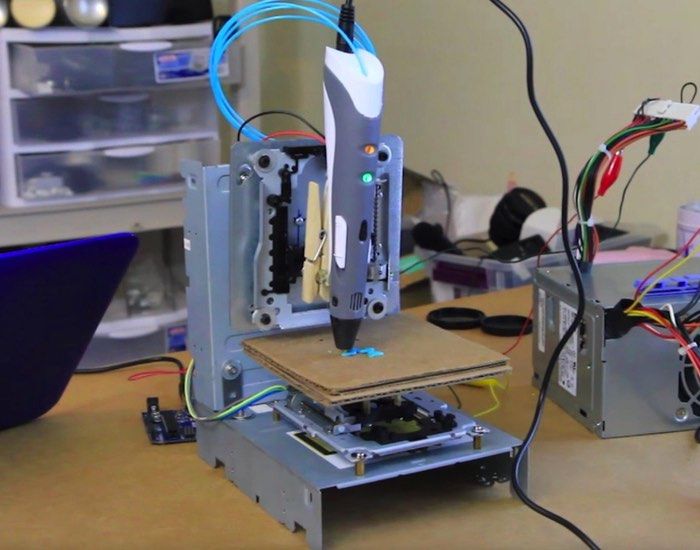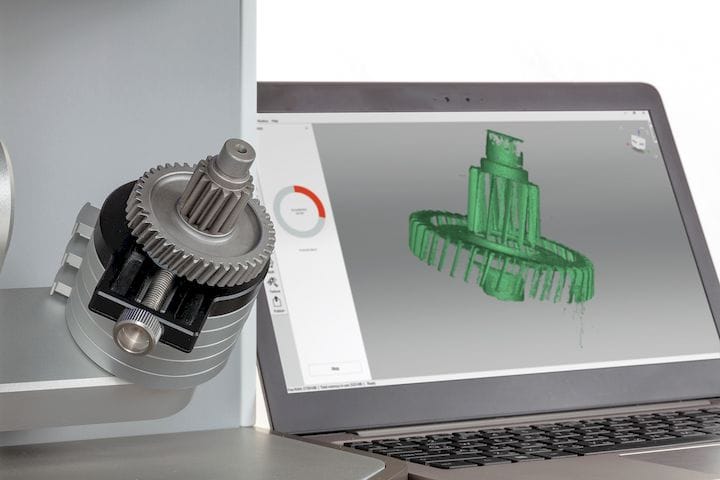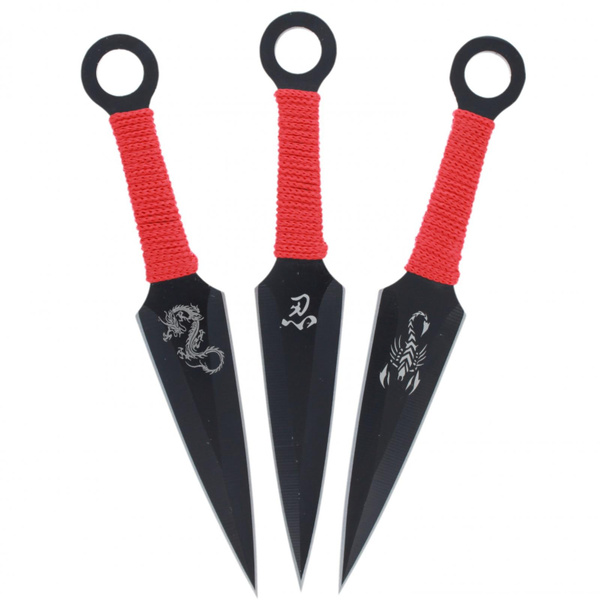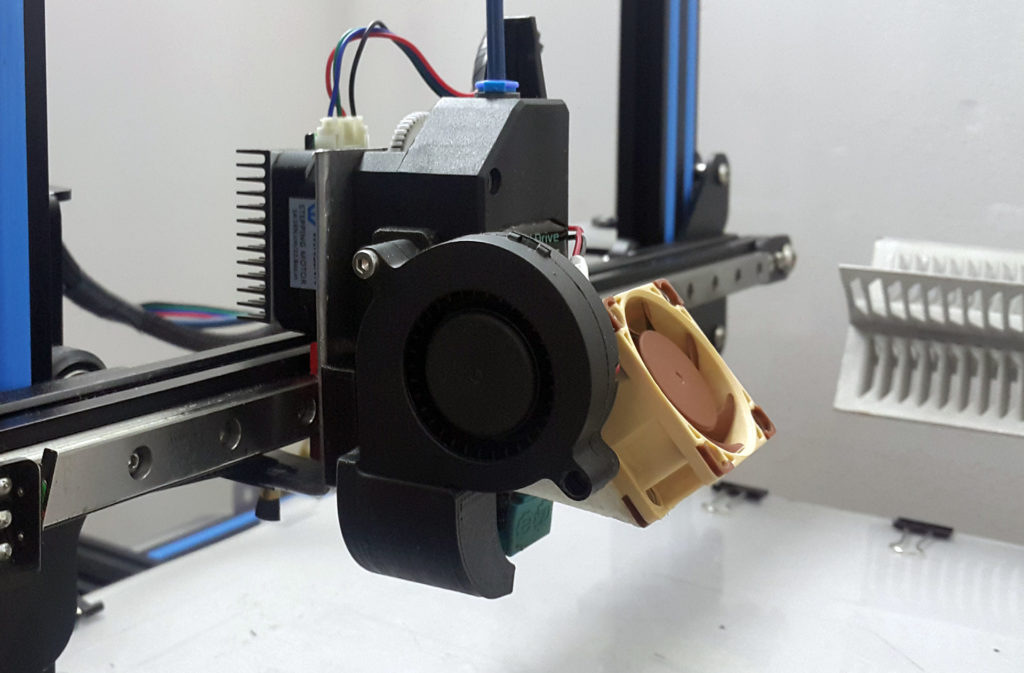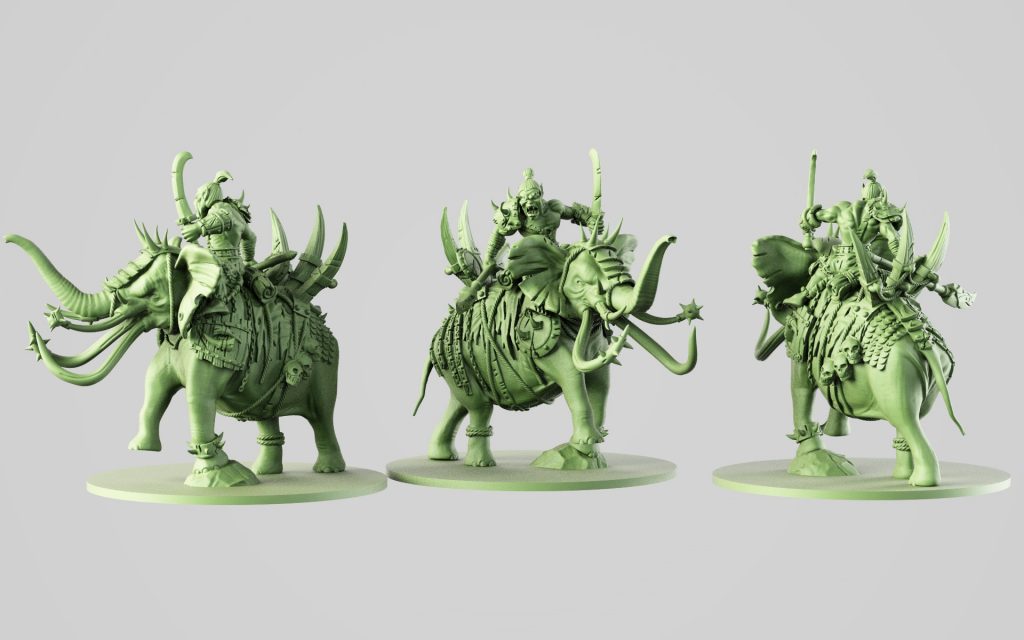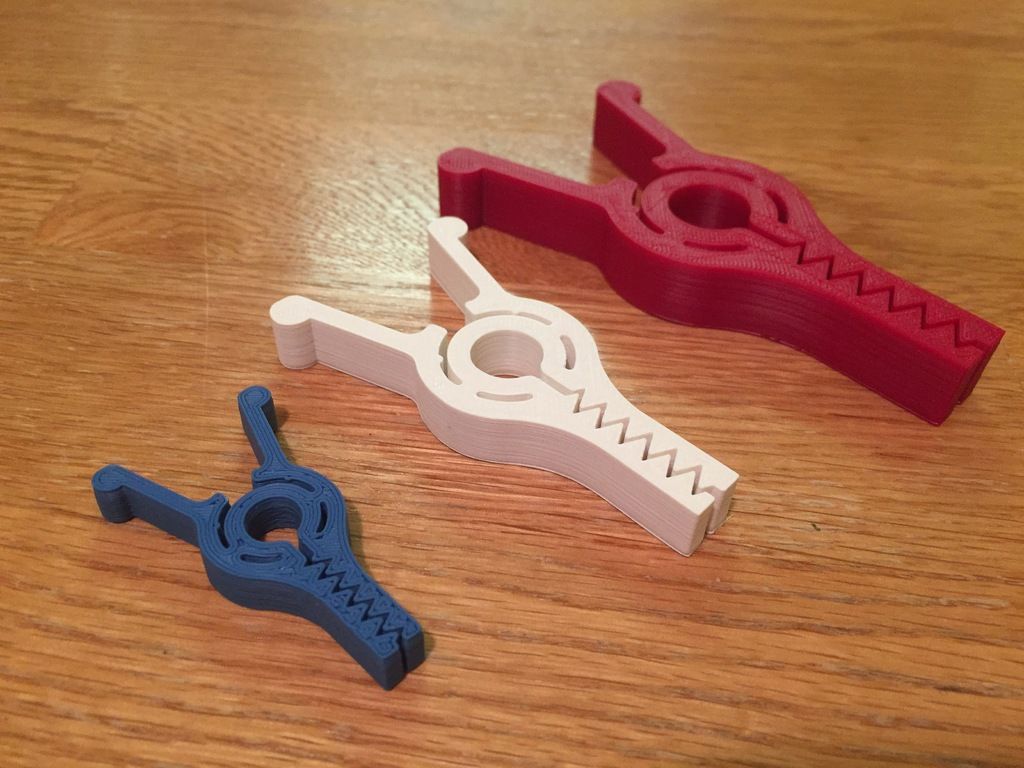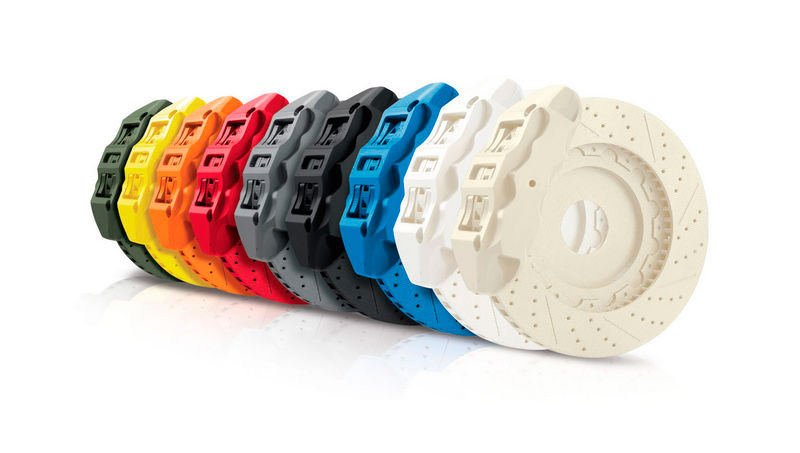How to scan an item for 3d printing
How to Use 3D Scanning and 3D Printing for Reverse Engineering
Reverse engineering is a powerful way to create digital designs from a physical part, and can be a valuable tool in your prototyping toolkit alongside technologies like 3D scanning and 3D printing.
3D scanners measure complex objects very quickly, and can speed up your design workflow tremendously when real-life references are involved. With the ability to capture and modify physical shapes, you can design 3D printed parts that fit perfectly on existing products of all kinds. 3D printed jigs allow you to repeatedly locate a drill or saw, or assemble parts precisely with adhesive. Create close-fitting, reusable masks for sandblasting, painting, or etching.
In this post, we’ll walk through the step-by-step reverse engineering process for an aftermarket digital gauge and explain how to scan a part for 3D printing, with tips along the way for using the right reverse engineering tools, from CAD software to to 3D scanners and 3D printers.
For a full breakdown of 3D scanning workflows and technologies, download our white paper.
Download the White Paper
Looking for a 3D scanner for your 3D printer? Read our detailed guide on choosing the best 3D scanner to use with your 3D printer.
One of the biggest challenges people encounter when converting physical objects to digital is a major incompatibility between two different types of 3D models: meshes and solids.
A 3D scanner outputs a mesh, rather than a constructive “solid” model. Meshes need to be reverse engineered to be made editable.
Meshes are the main output of all 3D scanners, and the format commonly understood by 3D printers (STLs). A mesh represents the surface of a shape with a large number of triangles, connected edge to edge. Mesh models don’t contain any information about the object, besides the position of the triangles that define the shape.
On the other hand, engineers are trained to work with solid models.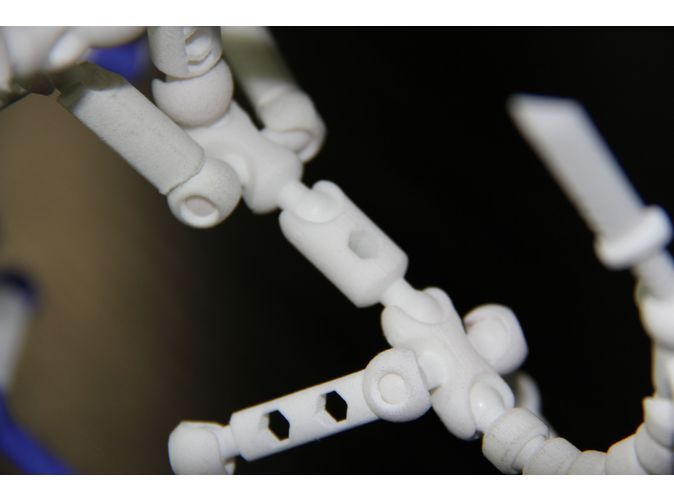 Solid models hold information about how an object is designed, and this information is explicitly encoded into the model as features in a ‘stack’ of logical steps. In solid CAD, it’s possible to change the dimensions for a single feature, and the rest of the model will update to accommodate the change.
Solid models hold information about how an object is designed, and this information is explicitly encoded into the model as features in a ‘stack’ of logical steps. In solid CAD, it’s possible to change the dimensions for a single feature, and the rest of the model will update to accommodate the change.
Since meshes lack information about the construction of the object, the ways you can alter a mesh model are limited—CAD software like Solidworks and Onshape can’t directly modify meshes. If you need to make major modifications to the underlying design of a scanned part, the mesh needs to be converted to a solid CAD drawing: this process is reverse engineering.
Reverse engineering is important when you want to create new parts that reference or incorporate older designs, where the original CAD design isn’t accessible.
For example, you can create replacement parts that match the original design of damaged existing pieces, or use reverse engineering processes to integrate complex surfaces from existing objects into 3D printable jigs, which are useful when modifying mass manufactured and handcrafted products.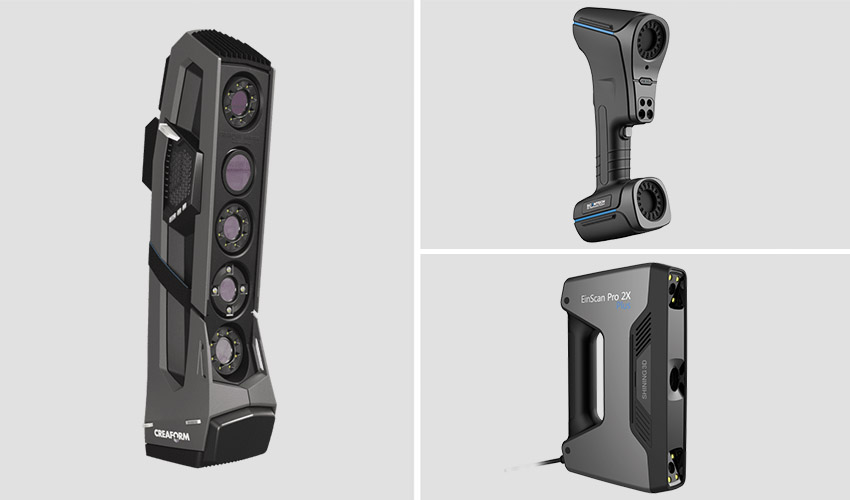
To demonstrate the basic steps in a reverse engineering workflow, let's take a look at the process for creating an assembly jig for an aftermarket digital gauge that fits onto the air vent of a Volkswagen Golf.
Spray coat the object with a temporary matte powder to improve scan accuracy. Even slightly glossy surfaces tend to degrade scan quality, while reflective and transparent surfaces cannot be scanned at all without a matte coating.
Use a temporary matte powder to improve the scan accuracy of your object.
Use a high accuracy 3D scanner to capture the important sections of the part. Tabletop structure light or laser scanners are the right tools for the job, with accuracy of ±100 or better.
Learn more about how to choose the right 3D scanner for your application in our 3D scanning white paper:
Note: You may need to orient and re-scan your object several times if the object has deep recesses.
Some scanners produce extremely large mesh files, which will make later steps grind to a halt.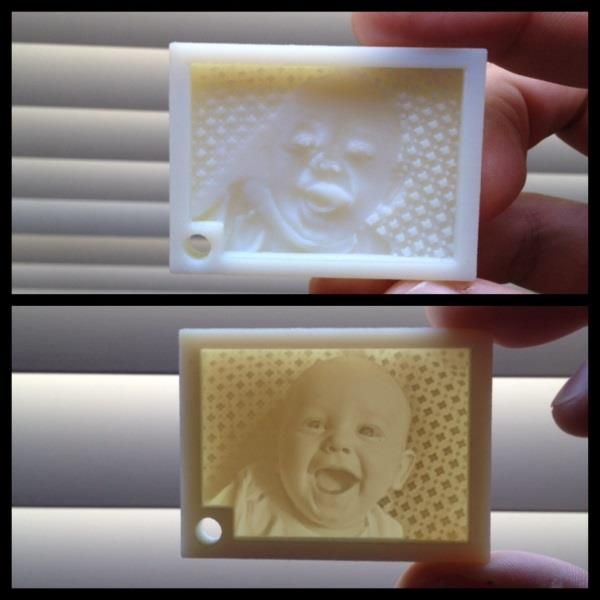
Scanner software repairs small gaps and simplifies the scan, making the data more manageable in CAD. Try to reduce the model as much as possible without destroying important details.
Tip: If you need more control, Meshmixer is a great choice for refining scanned meshes.
Import the mesh into CAD software equipped with reverse engineering tools. Geomagic for Solidworks is a powerful choice for resurfacing complex, organic shapes.
If you are reverse engineering a part with simpler flat surfaces, Xtract3D is a less expensive, lightweight alternative.
In this step, move and rotate the scan mesh into alignment with any existing design components.
Tip: Make drawing easier by rotating and aligning your scan to face the orthographic view directions.
There are three paths to extract the shape of the scan in order to create a solid model that is editable with CAD tools: semi-automatic surfacing, automatic surfacing, and manual redrawing.
Semi-automatic surfacing
Complex curved surfaces are difficult to manually draw, so you may choose to use semi-automatic surfacing. This function generates surfaces that fit to detected regions of the scan. By varying the sensitivity of the surface detection function, different surfaces will be found.
Tip: Geomagic for Solidworks detects surfaces on the scan to fit 3D curves. Use a “brush” to manually add or subtract areas on the scan from each region.
You may need to repeat this process several times with different sensitivity settings to detect all your surfaces. These surfaces can then be trimmed and knit together to create an editable solid.
Use semi-automatic surfacing to re-create curved shapes when you want maximum editability later on, and when sharp edge accuracy is important.
The re-surfaced result, after trimming.
Automatic surfacing generates a solid model from any watertight scan. You can use standard CAD tools to subtract and add to this auto-surfaced body, but it will be more difficult to move basic features around on the body itself.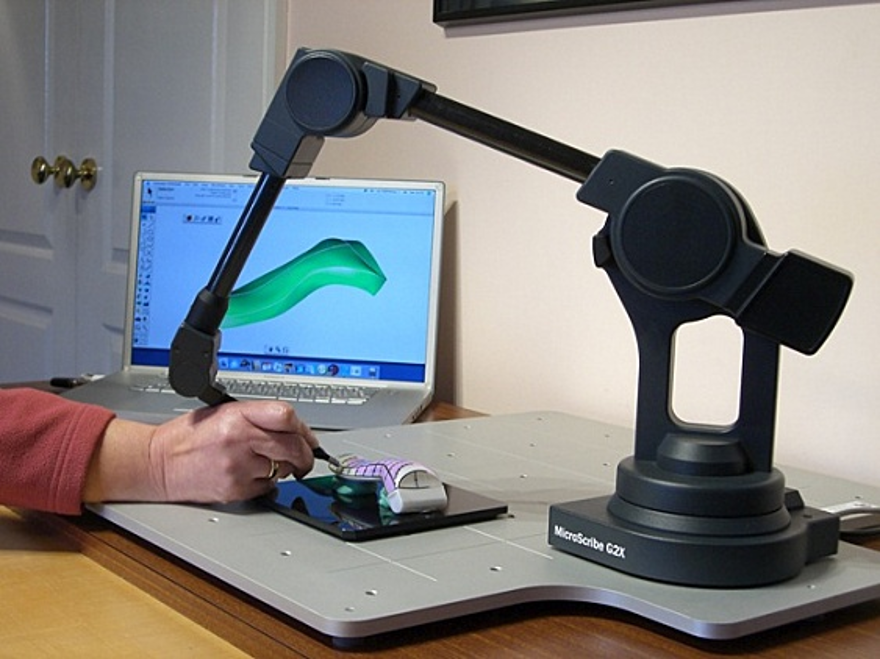
You may not need control over edge placement. For example, if you are scanning a part of the human body to create custom ergonomically-shaped products, or want to create a jig to precisely or repeatably modify a handmade object. In these cases, automatic surfacing is a great way to save modeling time.
Note: Compare the results of a automatic surfacing to semi-automatic surfacing: some accuracy is lost, especially around sharp edges.
For simple features such as bosses, holes, and pockets, it’s usually fastest and most accurate to redraw the features using the scan model as a reference. Reverse engineering software allows you to create sketch planes aligned with flat surfaces on the scan and to extract cross sections from the scan mesh, which helps you match the shape of the original object.
Once the scan has been converted to a solid, it can be subtracted from another solid body to create a jig that securely holds the original part.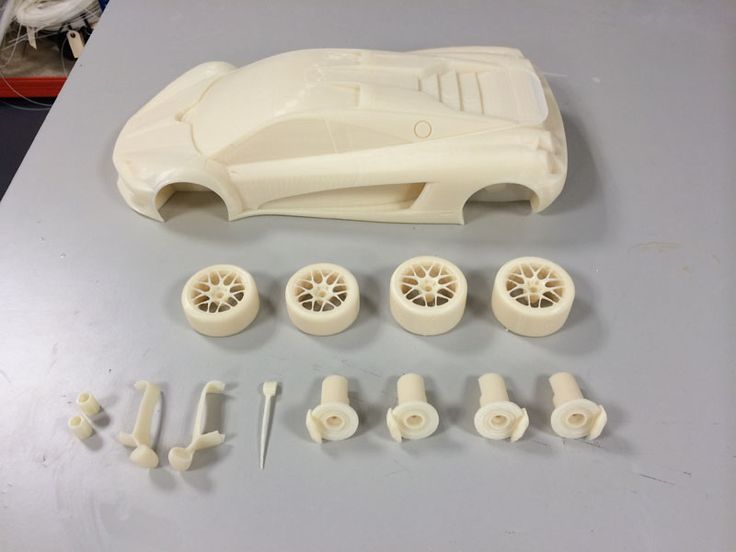
The design of the new gauge component also references the dimensions of the scan, using curves extracted with semi-automatic surfacing.
Printing the jig on a Formlabs stereolithography (SLA) 3D printer gives you a high degree of accuracy comparable to the output of engineering-grade 3D scanners. Use Formlabs Rigid 4000 Resin for its strength and precision.
Once these steps are complete, the 3D printed jig is ready to use to assemble the new gauge onto the OEM air vent.
The final 3D printed assembly jig, printed in Rigid 4000 Resin.
How to Scan Objects for 3D Printing
It is possible to capture existing objects into the computer so they can be modified or simply re-created using a 3D printer. This is particularly useful in the case of artwork or other unique formations that could not otherwise be designed easily in a computer model.The Glen Rose dinosaur track, for example, came from a laser scan of the original fossilized impression, which was used to create an electronic copy of the track that can be shared without risk to the original.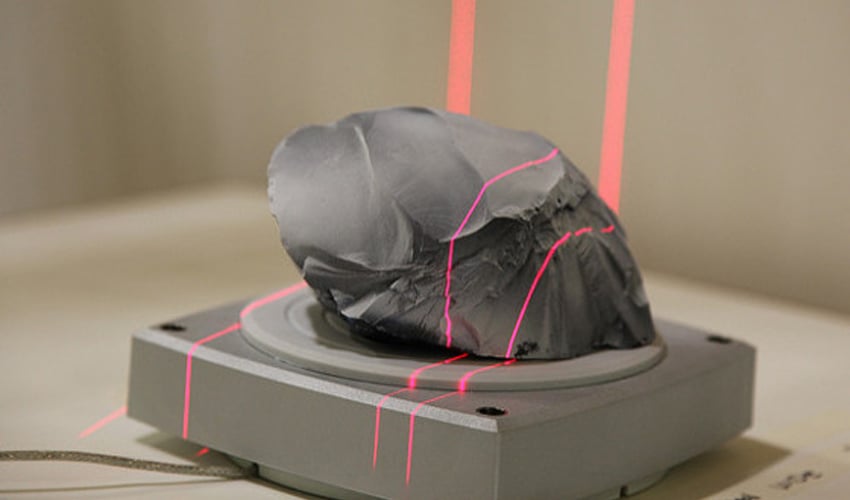
Optical scanning captures only the outer shape of an object, but it is possible to use ultrasound imaging or CT scan data to create models of internal structures as well. Researchers have recently created a model of the first exposed full skeleton of a living animal, for example, by 3D-printing the bone structure taken from a CT scan of the subject.
Similar data is being used to reconstruct the facial features of mummified remains in Egypt and of the newly discovered remains of King Richard III. Using CT scans and a stereolithographic system, researchers at the University of Dundee were able to print King Richard III’s skull into solid form, re-creating what this long-dead former monarch looked like in life.
Early 3D capturing systems relied on a probe that contacted the printed object at many different locations, defining a “point cloud” around the object's shape to define its basic geometry, which is then filled in with greater detail as the scanner measures finer points between the original markers. These systems are still used in machinery analysis and other durable environments.
These systems are still used in machinery analysis and other durable environments.
More recent scanners use illumination from lasers or structured light — projections that measure the distance from the camera to different parts of an object, so there is no risk of harm to the object under investigation from the contact points of the scanner. A handheld self-contained scanner provided by Creaform was used to scan a human face.
Coupled with software on a computer, this structured-light scanner can build a 3D model from repeated measurements of an object's surface structure as the scanner is simply waved above an object of interest.Optical scanners can have difficulty scanning highly reflective surfaces or scanning objects lacking in detailed features. While a mirrored surface would appear as just a longer path to whatever is reflected, a large sphere would appear identical to the scanner from one point to another; the software would have trouble stitching the various different angles together to create a whole model.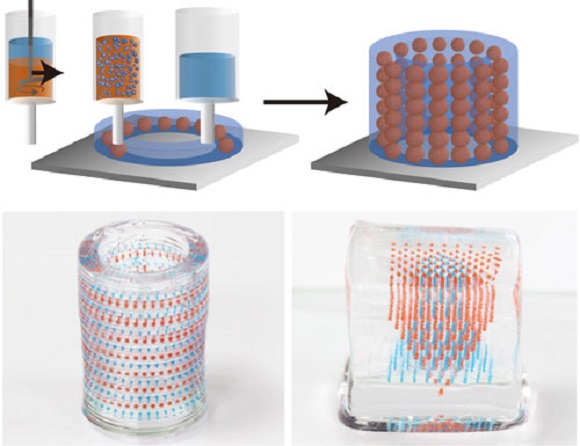
When scanning large objects with limited features, it is possible to help the scanner by attaching small reflective dots to the object in various locations; the scanner can use the dots to calculate the orientation of various parts of the scan.
Commercial 3D scanners provide very high-resolution models of scanned objects; such devices can be as small as a handheld scanner or can involve larger, more complex systems that map multiple angles at the same time.
Scanners can image the inside surface of pipes, map out mineshafts and subterranean caverns, or even scan entire build sites for large structures, using laser tools similar to RADAR called LiDAR. Such systems are used to map mining operations to calculate ore removal, or in surveying to create digital terrain maps.
Commercial systems such as Creaform, FARO, Artec, XYZ/RGB, and a host of other alternatives provide very high-resolution object models suitable for industrial applications and manufacturing. However, a home user can use inexpensive lower-resolution scanners — like the Kinect video game controller — to model objects for 3D printing.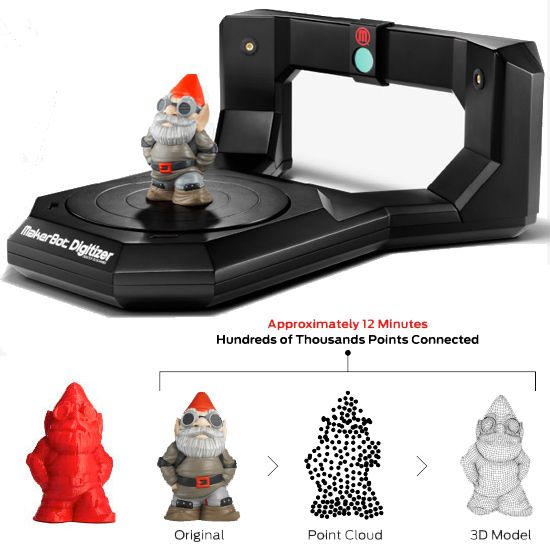 Together with software such as SCENECT, ReconstructMe, or Microsoft Fusion, the Kinect game controller can be used to generate scanned 3D models at home.
Together with software such as SCENECT, ReconstructMe, or Microsoft Fusion, the Kinect game controller can be used to generate scanned 3D models at home.This article is from the book:
- 3D Printing For Dummies ,
About the book authors:
Richard Horne (RichRap) has worked as an engineer, marketer, and product designer. He blogs and shares ideas on making 3D printing easier for everyone. Kalani Kirk Hausman has experience as an IT consultant, enterprise architect, auditor, and ISO. He conducts research on integrating 3D-printed materials into educational curricula.
This article can be found in the category:
- 3D Printing ,
3D scanning of objects - accuracy and quality of 3D models
3D scanning of objects
One of the components of 3D technologies is the 3D scanning technique, which allows you to quickly and easily obtain a digital model of the desired product. In short, 3D object scanning is the process of transforming the physical form of a real object into a digital form. This preserves the texture and even the color of the original sample. Thus, a 3D model of the required product can be obtained without any extra effort. 3D scanning of objects helps to prepare the necessary model for 3D printing and in some cases can play a decisive role in building a digital product.
In short, 3D object scanning is the process of transforming the physical form of a real object into a digital form. This preserves the texture and even the color of the original sample. Thus, a 3D model of the required product can be obtained without any extra effort. 3D scanning of objects helps to prepare the necessary model for 3D printing and in some cases can play a decisive role in building a digital product.
The key device in the process of 3D scanning is a 3D scanner - a device that reads the physical parameters of objects and creates a 3D model based on them.
3D scanning of objects can be useful in the design of any complex elements, 3D modeling of which manually is extremely laborious. In particular, 3D scanning is useful for modeling various fixtures, components, main and spare parts. Often it is used in the absence of drawings and other documentation for the product, as well as when it is necessary to convert figured surfaces into a digital form, including art forms and casts.
3D scanning process
The 3D scanning process generally resembles a human three-dimensional vision system. The process of obtaining data with a 3D scanner resembles the formation of a three-dimensional image seen in the human brain. To do this, the 3D scanner compares two images that are offset from each other. The required accuracy of building a 3D model is achieved through the use of additional technological methods, for example, a periodic flash or laser illumination.
As for scanning accuracy, it depends both on the specific device and on the characteristics of the original product. It is possible to carry out 3D scanning of objects from 1 cm (with all the details), the maximum dimensions are not limited. To achieve the best detail, upon completion of the 3D scanning process, the 3D model is subjected to additional refinement by a specialist. Thus, thanks to 3D scanning of objects, digital models are almost flawless. Error for 3D scanning of objects with a surface area of 100 cm 2 is 1 mm and can be eliminated with subsequent refinement.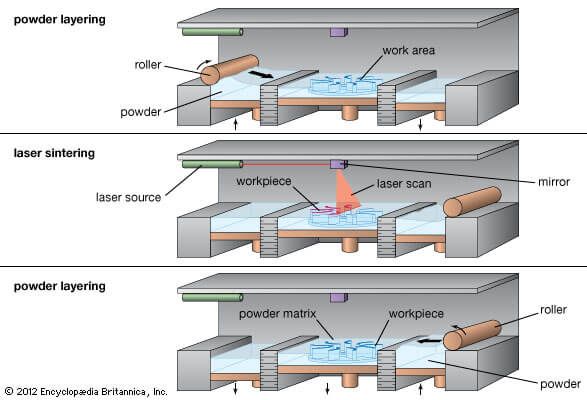 3D scanning of large objects can be implemented by batch processing of object photos from all sides.
3D scanning of large objects can be implemented by batch processing of object photos from all sides.
Other questions and answers about 3D printers and 3D printing:
- Basics What is 3D printing?
- Basics What is a 3D model?
3D scanning methods
For a better understanding of the technology, it would not hurt to list the existing 3D scanning methods. There are two of them: contact and non-contact. The first one requires direct contact of the 3D scanner with the object. The non-contact method divides peripherals into two types:
- Active 3D scanners that emit a beam of directed waves onto an object and record their reflection. Possible types of radiation include x-rays, ultrasound, and light;
- Passive 3D scanners that capture ambient radiation reflected from an object, most often light.
All 3D scanning methods have their advantages and disadvantages, which affect the cost of 3D scanners, the speed and accuracy of scanning, as well as the range of objects available for scanning. When buying your own 3D scanner, it is recommended to study this issue in more detail, but it is better to get high-quality advice from professionals. The 3DDevice team is ready to help you with this and recommend the best 3D scanner model.
When buying your own 3D scanner, it is recommended to study this issue in more detail, but it is better to get high-quality advice from professionals. The 3DDevice team is ready to help you with this and recommend the best 3D scanner model.
3D scanning and 3D printing
3D scanning and 3D printing complement each other, since the scanned 3D models are most often used for subsequent reproduction on a 3D printer. At the moment, 3D scanning is used for a variety of purposes and industries. Using a 3D scanner, 3D models of real people are created, which can then be reproduced through full-color 3D plaster printing. A more promising use of 3D scanning is in medicine, where it is used to create ultra-precise surgical models and implants. You can read more about our contribution to this branch of medicine here. Also interesting is the direction of using technology in the production of individual footwear and clothing.
In general, the possibilities of using 3D scanning of objects are quite enough. We hope we were able to explain in detail the essence of the technique. If you have additional questions that we have not covered, write to us by e-mail and we, if necessary, will add your questions! Best regards, 3DDevice team.
We hope we were able to explain in detail the essence of the technique. If you have additional questions that we have not covered, write to us by e-mail and we, if necessary, will add your questions! Best regards, 3DDevice team.
Our company also separately provides a 3D scanning service for objects of any size. For all questions, please contact us in any way convenient for you. Contacts are listed here. We look forward to collaborating!
Back to main page
3D scanning at home. Cheaper and easier than ever!
In the world of 3D technology, scanning is the yin to the yang of 3D printing. While the printer turns computer models into real things, the scanner turns real things into computer models. Along with sketch-based modeling, 3D scanning - in which a real part is scanned into a model in a computer - is another technology for preparing prototypes for subsequent printing.
Advanced 3D scanners are available, but they can be quite expensive and sometimes even more expensive than professional 3D printers.
Fortunately, today there are home 3D scanners that can be used to achieve outstanding results. Today, there are three scanning methods: laser line scanning, structured-illuminated scanning, and image-scanning modeling.
Linear laser scanning.
Probably the most popular scanning method for personal scanners. It obtains data about the model by illuminating it with a laser beam. These scanners work best with a neutral background, such as an all-white back set at an angle of 90 degrees. Such a background is inexpensive to make, and scanners based on this technology are cheap. The addition of a 360-degree rotating platform on which the scanned model can stand can greatly improve the quality of the scan.
When everything is ready, you simply turn off the light, illuminate the model with a laser from all sides, the software does the rest.
Although it is possible to use, for example, MATLAB to convert raw scanned images obtained in this way into a full-fledged 3D model, since 2006 the German company David Vision Systems began to develop special low-cost software for this purpose.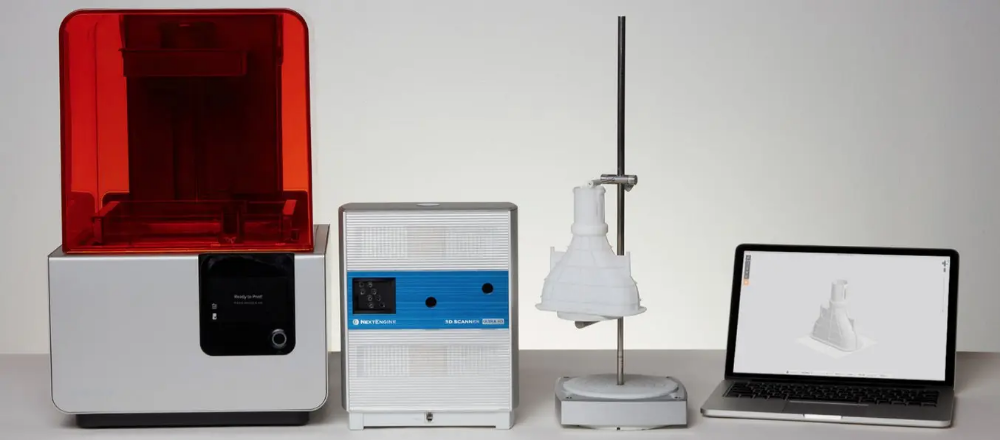 This software simulates a 3D model in real time, and you immediately see the result of your work. It composes images taken from different angles and forms a 3D model in a format that is convenient for you. The latest versions of the software also support structured-illuminated scanning (see below). You can even use the free trial version to try it out.
This software simulates a 3D model in real time, and you immediately see the result of your work. It composes images taken from different angles and forms a 3D model in a format that is convenient for you. The latest versions of the software also support structured-illuminated scanning (see below). You can even use the free trial version to try it out.
Patterned Illuminated Scanning
This method combines a light projector, digital camera and image analysis software for the 3D scanning process, and is generally faster than the line laser method. An additional plus is that there is no need to prepare the background from behind. The projector imposes a certain light pattern on the scanned model, often a grid of light and dark stripes, so that the program can determine the shape and coordinates of the object, depending on how the light pattern is distorted on it. The light pattern can be both visible and made in the form of infrared radiation, which you will not even notice.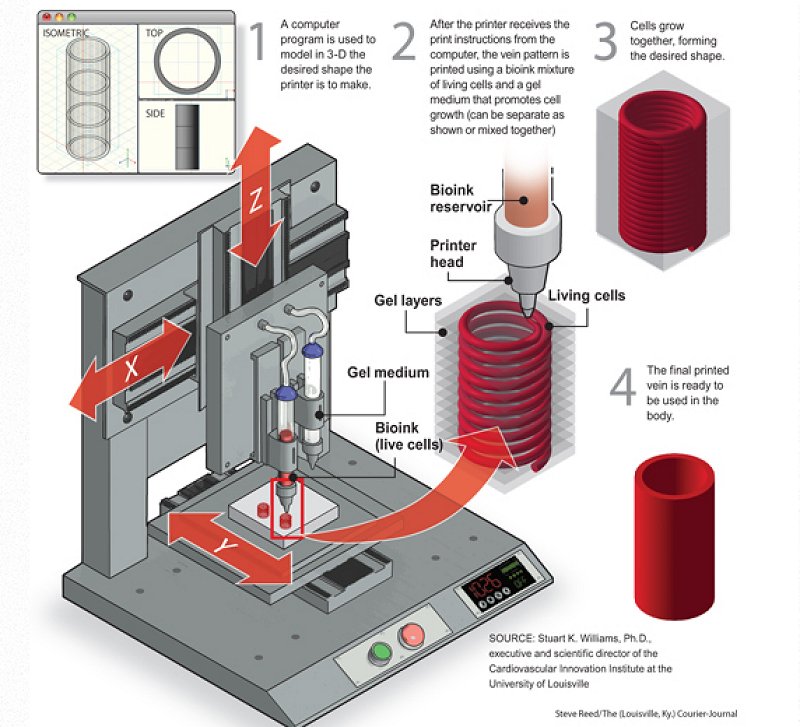
Infrared scanning has its advantages, for example, because this radiation does not interfere with external light radiation. For example, the Microsoft Kinect device for the XBOX gaming platform uses exactly the method of structural lighting through infrared radiation.
Prior to the use of infrared light, conventional visible color was commonly used. Using this technology, for example, Radiohead's video for the song "House of Cards" was filmed in 2008. The software that supports structured-illuminated scanning is David's software, as mentioned above, as well as ThreePhase, a utility designed specifically for working with structured-illuminated scanning. Most programs are usually written for Mac OS X, but ThreePhase can run on all platforms - Mac OS, Windows, Linux.
However, since the introduction of the Kinect by Microsoft in 2010, scanning at home has changed a lot. After several years of development, as well as millions of dollars invested in its research, the Kinect device was obtained, consisting of five elements: right and left microphones, an RGB video camera, an infrared radiation projector, and a monochromatic sensor suitable for a laser.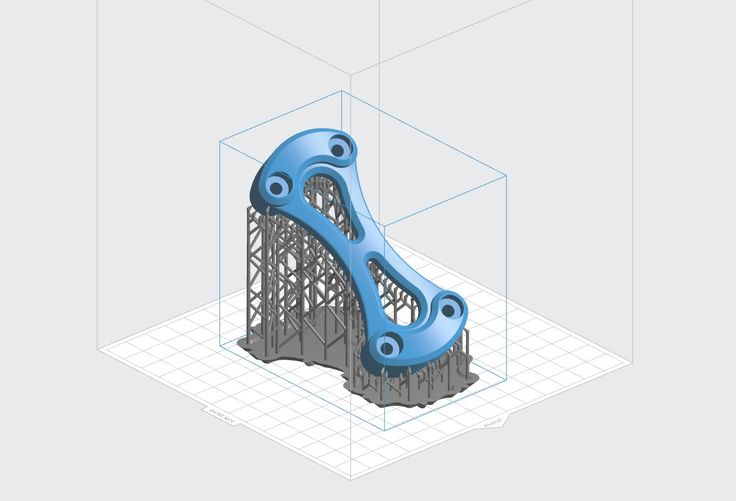 A pair of sensor / laser and allows you to scan and analyze the movement of a person.
A pair of sensor / laser and allows you to scan and analyze the movement of a person.
In general, the release of the Kinect device prompted many to develop this technology, including in the field of 3D scanning. Against this background, as well as the inexpensive price of the device, interest in structured-illuminated visible light scanning has completely disappeared. Kinect is an incredibly powerful device at a very cheap price and is a great alternative to visible light. At the time of writing, the Kinect sensor costs about $100.
Among all the programs for 3D scanning, one of the leading programs is the ReconstructMe program from the Austrian company Profactor. This is a quality commercial product that can easily be used for personal purposes. ReconstructMe scans the model immediately at its actual scale, so no further scaling is required. Unfortunately, the program is only available for Windows.
Skanect from the French company Manctl is another popular program that works with both Windows and Mac OS.
Modeling based on image scanning
If you have many photos of the same part from all angles, then special software will convert them into a 3D model. This method is sometimes called photogrammetric, and it has often been used in forensics to analyze crime scenes, car accidents, and so on. based on conventional 2D photos. In this method, the most important thing is to choose the right photos, shooting angles, and also choose the right software.
Programs like Eos Systems' PhotoModeler, David's D Sculptor, and Autodesk's 123Catch make it very easy to select anchor points for photo alignment and then create a 3D model.
This simulation works best when you have full access to the subject and the ability to take an unlimited number of photos. The more photos, the better the lighting and the more correctly the photo shooting angles are chosen, the better and clearer the models will be.
With good observance of all the factors described above, the programs themselves find a way to combine photos to obtain a model, and human intervention is not required at all.